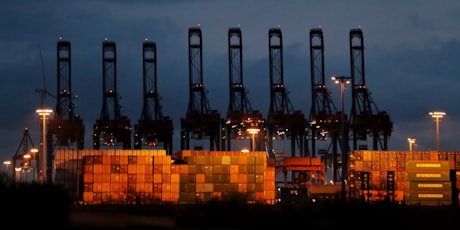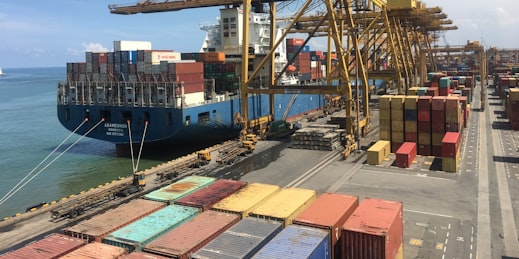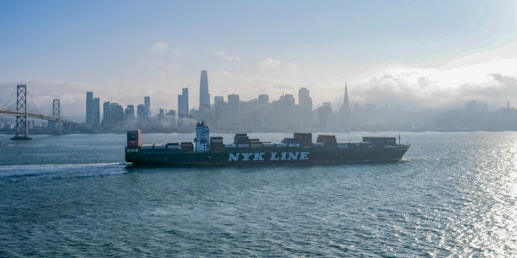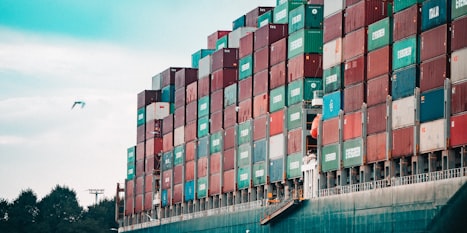
This fireside chat recap is from FreightWaves’ Enterprise Fleet Summit on Wednesday.
FIRESIDE CHAT TOPIC: Electrifying your fleet through innovative finance models.
DETAILS: Charging for electric trucks trails the availability of battery-powered equipment. Startups like Gage Zero have the investor backing to buy the real estate and develop the large-scale sites. But will they be enough to support the transition to electrification?
KEY QUOTES FROM SAM ARONS, vice president of business development...
https://www.freightwaves.com/news/competition-grows-to-charge-electric-trucks









